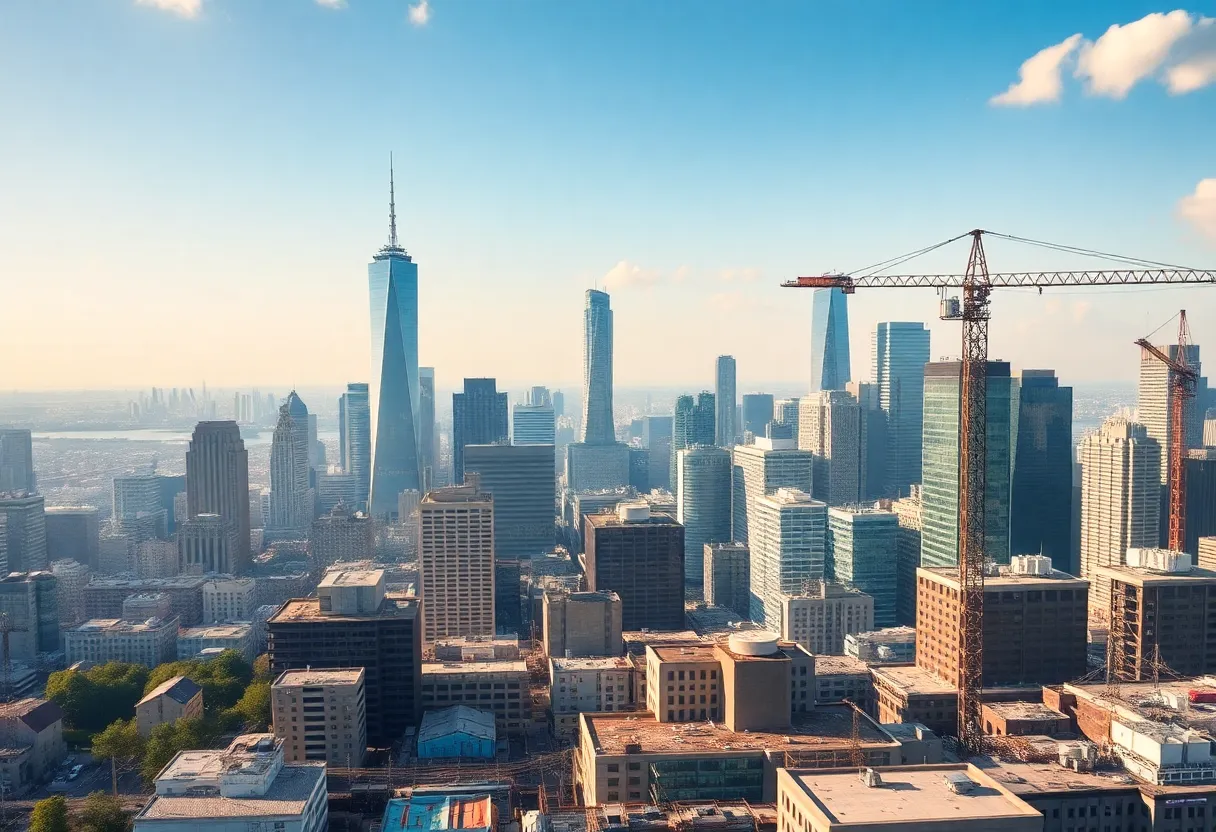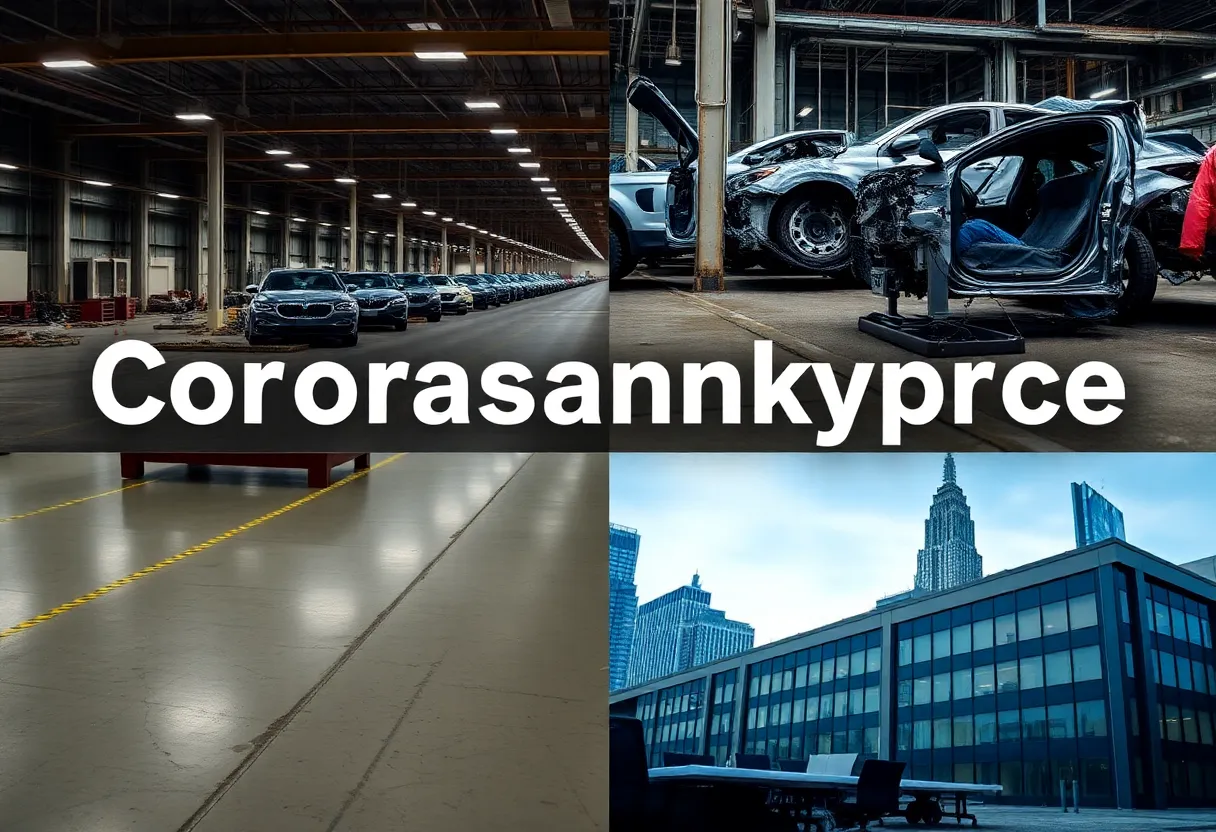News Summary
New York is introducing a ban on natural gas in new buildings by 2028, aimed at reducing greenhouse gas emissions. This policy has faced opposition from some lawmakers and construction leaders, who argue it may elevate housing costs. Criticism includes calls for more consumer choice regarding energy sources, highlighting a growing divide in the state over energy regulations. As related natural gas projects unfold, residents are urged to prepare for potential disruptions, signifying the complexities of environmental and economic considerations surrounding energy use in New York.
New York is facing a significant shift in its home construction policies as a new law is set to phase in a ban on natural gas in new buildings by 2028. This regulatory change has sparked controversy as key figures, including Republican U.S. Representative Nick Langworthy, advocate for a reversal of the ban, which will begin its first phase on January 1.
The law, passed during last year’s budget discussions in the state Legislature, aims to curb greenhouse gas emissions and propel New York State towards its clean energy objectives. Supporters of the ban, including environmental groups like Earthjustice, argue that transitioning away from natural gas is essential for reducing the state’s carbon footprint and combating climate change.
Opponents of the ban, however, raise concerns about its economic implications. Phil Nanula, president of Essex Homes, claims that the elimination of natural gas from new construction will increase housing costs and hinder efforts to create affordable homes. This assertion highlights the potential impact of the law on the housing market and the wider implications for home builders and prospective homeowners.
To combat the new regulations, Langworthy is proposing the Energy Choice Act, a legislative effort aimed at preventing states from banning specific energy sources in new construction projects. He emphasizes the belief that consumers should have the autonomy to choose their energy sources without government-enforced limitations. His stance reflects a growing division over energy policy in the state, as various stakeholders present differing views on how to balance environmental concerns with economic realities.
In response to Langworthy’s objections, critics, including Ken Lovett, a communications advisor for Governor Kathy Hochul, contend that the Congressman should focus on addressing federal issues that adversely affect New Yorkers. Lovett points to tariffs, which are driving up costs for residents, suggesting that the intricate matters surrounding energy and construction legislation should not overshadow these pressing concerns.
As the discourse around natural gas regulation unfolds, additional events are taking place within New York’s energy landscape. United Gas Improvement (UGI) is currently working on upgrading natural gas systems in Lancaster, which has caused an increase in traffic and road construction activities. The ongoing project is anticipated to enhance residents’ access to natural gas solutions, running daily from 7 a.m. to 5 p.m. through Friday, with completion expected by the end of September.
In East Drumore Township, the Board of Supervisors recently discussed an expansion of a natural gas pipeline, which will include constructing a 10-mile, 42-inch-diameter pipeline known as the Quarryville loop. This project is expected to impact several local roads and is slated for completion by the fourth quarter of 2027. UGI’s current improvements will also include a main replacement project in Lancaster City, with anticipated street upgrades following this initiative.
Residents should prepare for possible construction delays and road closures as UGI conducts these upgrades, which they are funding entirely. UGI is also encouraging local residents interested in transitioning to natural gas to reach out for assistance, which could provide more options during this significant energy shift.
The upcoming natural gas ban and accompanying projects illustrate the evolving energy landscape in New York, highlighting the tension between environmental policies and consumer choice. As the January deadline approaches, stakeholders across the spectrum will continue to voice their opinions and adapt to the changing regulations.
Deeper Dive: News & Info About This Topic
- WGAL: Lancaster traffic increases, UGI upgrades natural gas systems
- Wikipedia: Natural gas
- MSN: All clear given after gas leak in Lancaster County
- Google Search: natural gas regulations New York
- Lancaster Online: Natural gas pipeline project coming to southern Lancaster County
- Encyclopedia Britannica: natural gas
- WGAL: Lancaster City traffic delays expected as UGI announces natural gas upgrades
- Google News: natural gas projects Lancaster

Author: STAFF HERE NEW YORK WRITER
The NEW YORK STAFF WRITER represents the experienced team at HERENewYork.com, your go-to source for actionable local news and information in New York, the five boroughs, and beyond. Specializing in "news you can use," we cover essential topics like product reviews for personal and business needs, local business directories, politics, real estate trends, neighborhood insights, and state news affecting the area—with deep expertise drawn from years of dedicated reporting and strong community input, including local press releases and business updates. We deliver top reporting on high-value events such as New York Fashion Week, Macy's Thanksgiving Day Parade, and Tribeca Film Festival. Our coverage extends to key organizations like the Greater New York Chamber of Commerce and United Way of New York, plus leading businesses in finance and media that power the local economy such as JPMorgan Chase, Goldman Sachs, and Bloomberg. As part of the broader HERE network, including HEREBuffalo.com, we provide comprehensive, credible insights into New York's dynamic landscape.





